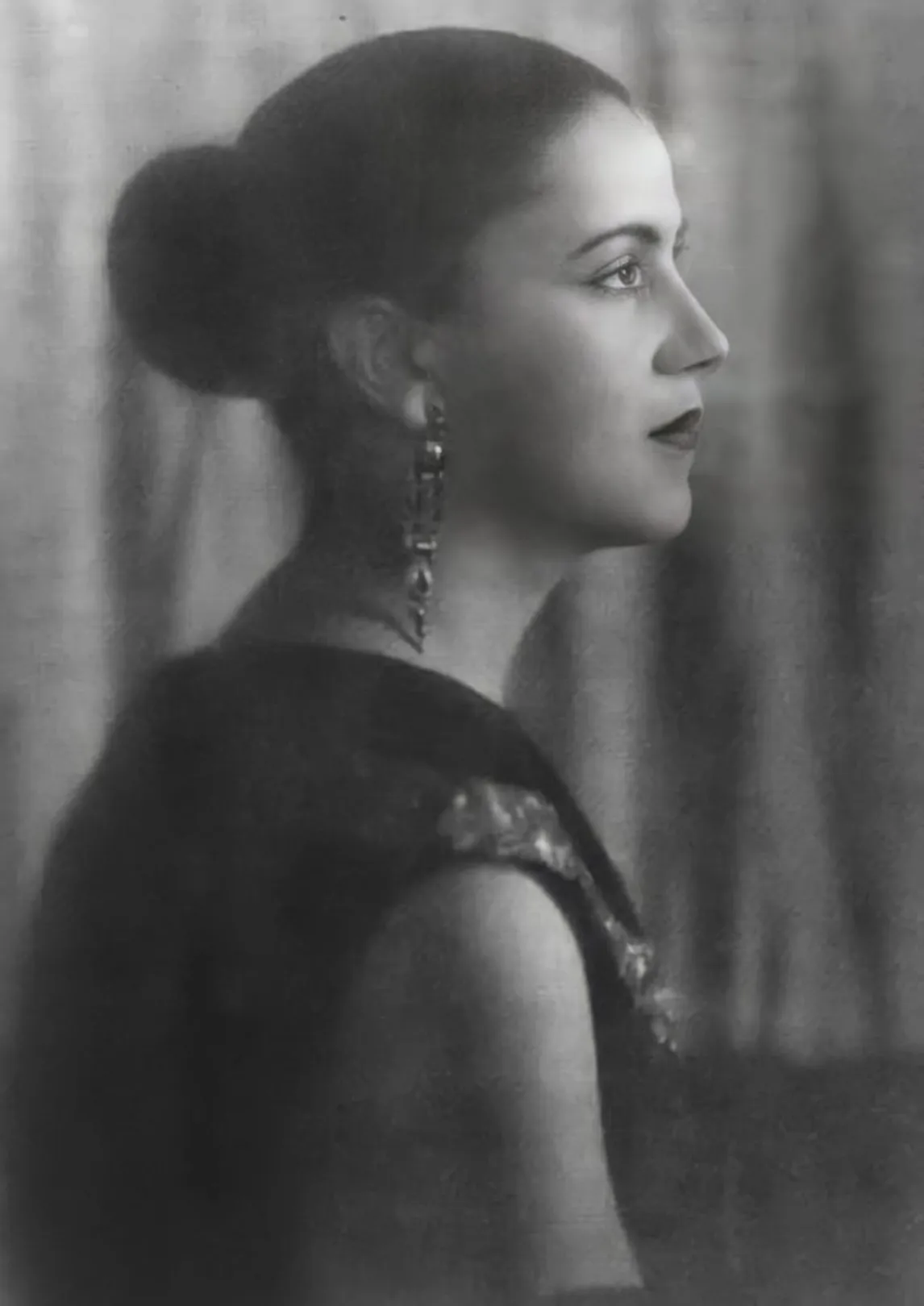
Tarsila do Amaral (1886–1973) was a pioneering Brazilian modernist painter whose vibrant, stylized works helped define 20th-century Latin American art. Born into a wealthy coffee-farming family in Capivari, São Paulo, she studied art in São Paulo and later in Paris, where she absorbed influences from Cubism and Futurism. Upon returning to Brazil in the early 1920s, Tarsila became a central figure in the Grupo dos Cinco, a collective that spearheaded the Brazilian modernist movement. Her painting Abaporu (1928) inspired the "Manifesto Antropófago" by Oswald de Andrade, advocating for a cultural "cannibalism" that would absorb and transform foreign influences into uniquely Brazilian expressions. Tarsila's art is characterized by bold colors, geometric forms, and depictions of Brazilian landscapes and people, as seen in works like A Negra (1923) and Sol Poente (1929). Later in her career, she addressed social issues, portraying the lives of the working class in pieces such as Operários (1933). Her legacy endures as a symbol of Brazil's cultural identity and artistic innovation.
To provide the best experiences, we use technologies like cookies to store and/or access device information. Consent to these technologies will allow us to process data such as browsing behavior or unique IDs on this site. Not consenting or withdrawing consent may negatively affect certain features and functions.
Market reports for visionary collectors and insiders.